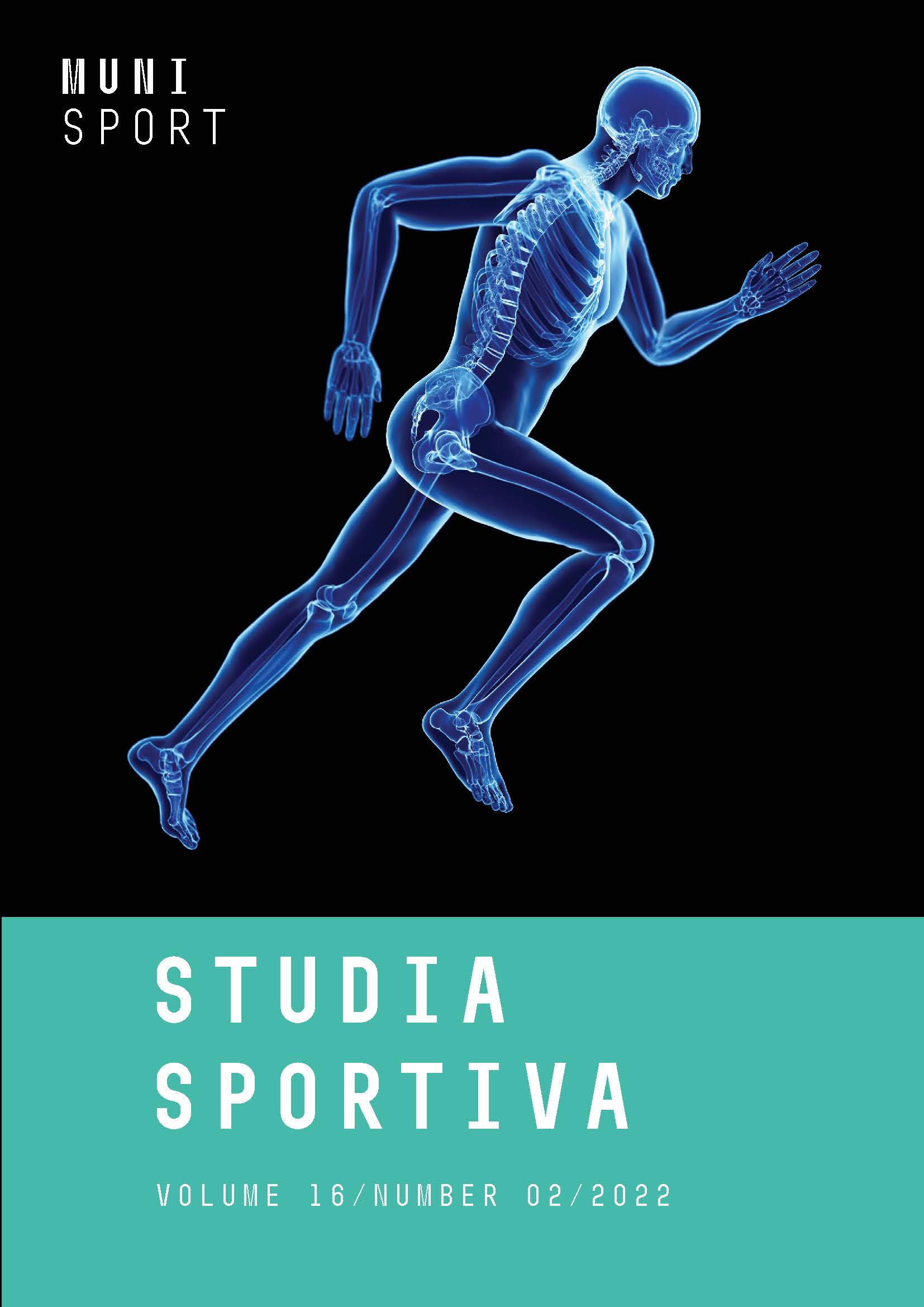Impact of Whole-Body Electromyostimulation and Resistance Training Programme on Strength Parameters and Body Composition in Group of Elderly Women at Risk of Sarcopenia
Impact of Whole-Body Electromyostimulation and Resistance Training Programme on Strength Parameters and Body Composition in Group of Elderly Women at Risk of Sarcopenia
Author(s): Michaela Müllerová, Pavlína Vaculíková, Andrea Potúčková, Ivan Struhár, Dominika Nancy BalousováSubject(s): Sports Studies
Published by: Masarykova univerzita nakladatelství
Keywords: ageing; dyna mometry; strength; physical activity; WB-EMS
Summary/Abstract: Objective: The purpose of the study is to compare the effect of ten-week lasting whole-body electromyostimulation (WB-EMS) and the circuit resistance training programme (RT) on body composition and strength parameters in women at risk of sarcopenia.Methods: The WB-EMS programme was carried out once a week and included ten exercise sessions, the RT was carried out twice a week and included 20 sessions. 17 elderly women participated in the study, nine in a WB-EMS intervention group (age: 63.11±1.52 years; weight: 70.07±9.07kg; height: 165.11±6.4cm; BMI 25.81±3.96kg/m2), eight in a RT group (age: 62.13±1.69 years; weight: 73.58±3.87 kg; BMI 27.34±2.58 kg/m2). To assess body composition, dual-energy X-ray absorptiometry (DXA) was used. To determine the level of strength parameters, hand dynamometry and isokinetic dynamometry of knee flexors and knee extensors were used.Results: Body composition assessment was performed by dual-energy X-ray absorptiometry and strength parameters were evaluated using isometric dynamometry (knee flexors and extensors strength). After completing ten weeks of intervention, significant differences were observed for lean muscle mass (RT group, Leanmasspre-test 43316.91 ± 1856.77 vs. Leanmasspost-test 43939.56 ± 1869.84, p= 0.0307). No significant differences were found between the pre-test and post-test in the WB-EMS group (Leanmasspre-test 39472.56 ± 3370.04 vs. Leanmasspost-test 38835.56 ± 3306.84, p= 0.5995). The isokinetic dynamometry analysis showed significant differences for the extensors and the peak torque on the right side in the RT group (Extensors Peak Torquepre-test 98.00 ± 13.55 vs. Extensors Peak Torquepost-test 38835.56 ± 3306.84, p= 0.0160; Flexors Peak Torquepre-test 54.25 ± 11.14 vs. Flexors Peak Torquepost-test 59.75 ± 11.13, p= 0.0059).Conclusions: The most obvious finding that emerges from this study is that resistance training has shown a greater effect than whole-body electromyostimulation.
Journal: Studia sportiva
- Issue Year: 16/2022
- Issue No: 2
- Page Range: 292-304
- Page Count: 12
- Language: English

